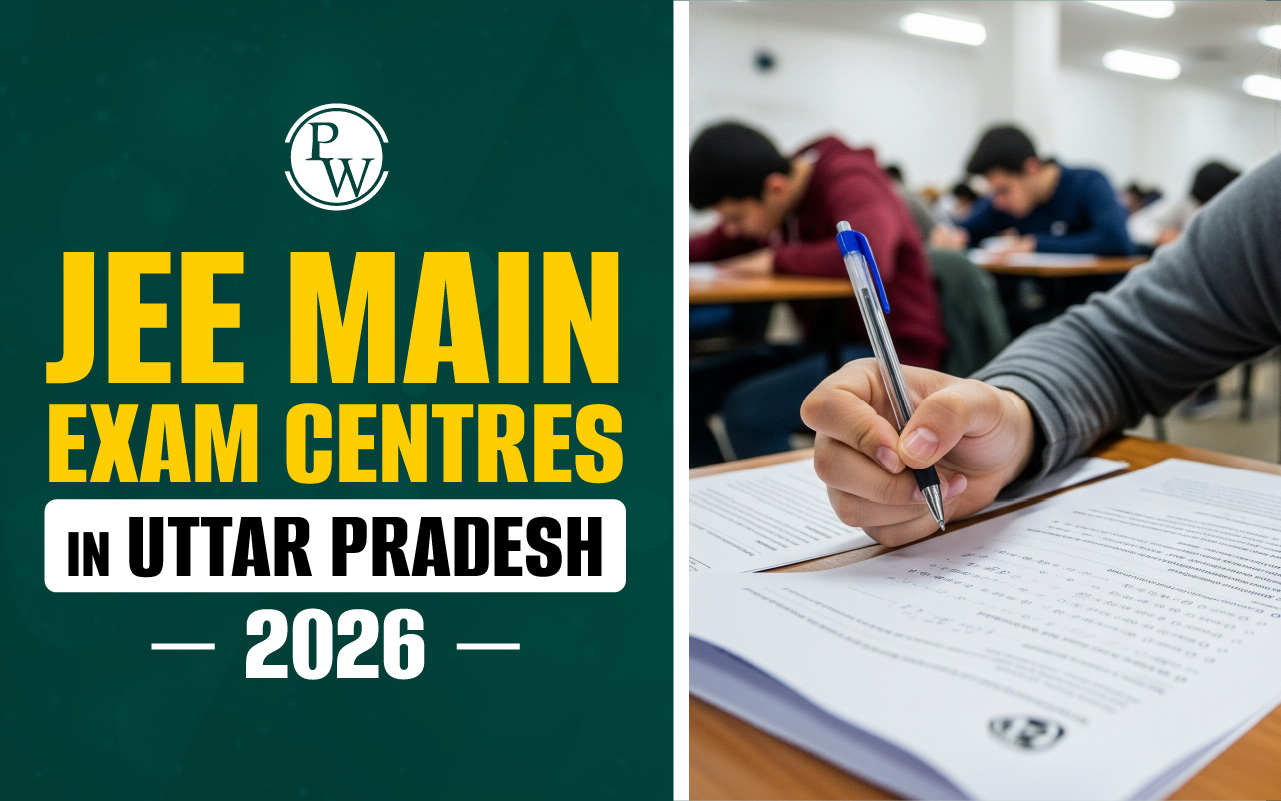
Interference In Physics : When two coherent waves of the same frequency moving in the same direction superpose, they give rise to variation of intensity in space – positions of maximum and minimum intensities appear alternately in the whole region of super position.
The positions of maxima and minima are fixed and this phenomenon is called Sustained Interference . The use of the term “interference” is generally restricted to this case only. When a material object such as a rock will not share its space with another rock, more than one vibration or wave can exist at the same time in the same space. If we drop two rocks in water, the waves produced by each can meet and produce wave interference. The overlapping of waves can form an interference pattern. Within the pattern, wave effects may be increased, decreased, or neutralized.Interference Of The Waves
Interference Of The Waves : When two waves of equal frequency and nearly equal amplitude travelling in same direction in a medium superimpose, intensity is different at different points. At some points inter is large even greater than the sum of the intensity of individual waves, whereas at other points it is nearly zero.
It is to be ne that there is no creation or destruction of energy in the medium In fact, energy has been redistributed due to its transference regions of low intensity region to the regions of high intensity. This redistribution of energy due to superposition of two more) wave trains is called interference.Mathematical Analysis Of Interference
Consider two harmonic waves of same frequency (coherent waves). Suppose A 1 , and A 2 , be the amplitudes of the waves andConstructive Interference In Physics
These are the points where resultant amplitude or intensity is maximum orDestructive Interference In Physics
These are the points where resultant amplitude or intensity is minimum orPrinciple Of Superposition
When more than one wave occupies the same space at the same time, the displacements add at every point. This is the superposition principle. So, when the crest of one wave overlaps the crest of another, their individual effects add together to produce a wave of increased amplitude. This is called constructive interference. When the crest of one wave overlaps the trough of another, their individual effects are reduced. The high part of one wave simply fills in the low part of another. This is called destructive interference. Suppose there are two sources of waves S 1 and S 2Resultant Amplitude And Intensity due to Coherent Sources
We have seen that the two waves from two sources S 1 and S 2 were meeting at point P. Suppose they meet at P in a phase difference ∆φ (or φ). If this phase difference remains constant with time, then sources are called coherent, otherwise incoherent. For sources to be coherent the frequencies ( f , ω or T ) of the two sources must be same. This can be explained by the following example. Suppose the phase difference is 0°. It means they are in same phase. Both reach their extremes (+ A or − A ), simultaneously. They cross their mean positions (in the same direction) simultaneously. Now, if we want their phase difference to remain constant or we want that the above situation is maintained all the time, then obviously their time periods (or frequencies) must be same.Intensity Factor In Interference
Since the intensity of a wave is proportional to the square of the amplitude, we haveInterference In Physics FAQs
Q.1 : Define interference
Ans When two coherent waves of the same frequency moving in the same direction superpose, they give rise to variation of intensity in space – positions of maximum and minimum intensities appear alternately in the whole region of super Position.
Q.2 : What are two types of interference?
Ans. 1. Constructive interference
Destructive interference
Q.3 : State principle of superposition of waves
Ans When more than one wave occupies the same space at the same time, the displacements add at every point. This is the superposition principle. So, when the crest of one wave overlaps the crest of another, their individual effects add together to produce a wave of increased amplitude. This is called constructive interference. When the crest of one wave overlaps the trough of another, their individual effects are reduced. The high part of one wave simply fills in the low part of another. This is called destructive interference
Talk to a counsellorHave doubts? Our support team will be happy to assist you!

Check out these Related Articles
Free Learning Resources
PW Books
Notes (Class 10-12)
PW Study Materials
Notes (Class 6-9)
Ncert Solutions
Govt Exams
Class 6th to 12th Online Courses
Govt Job Exams Courses
UPSC Coaching
Defence Exam Coaching
Gate Exam Coaching
Other Exams
Know about Physics Wallah
Physics Wallah is an Indian edtech platform that provides accessible & comprehensive learning experiences to students from Class 6th to postgraduate level. We also provide extensive NCERT solutions, sample paper, NEET, JEE Mains, BITSAT previous year papers & more such resources to students. Physics Wallah also caters to over 3.5 million registered students and over 78 lakh+ Youtube subscribers with 4.8 rating on its app.
We Stand Out because
We provide students with intensive courses with India’s qualified & experienced faculties & mentors. PW strives to make the learning experience comprehensive and accessible for students of all sections of society. We believe in empowering every single student who couldn't dream of a good career in engineering and medical field earlier.
Our Key Focus Areas
Physics Wallah's main focus is to make the learning experience as economical as possible for all students. With our affordable courses like Lakshya, Udaan and Arjuna and many others, we have been able to provide a platform for lakhs of aspirants. From providing Chemistry, Maths, Physics formula to giving e-books of eminent authors like RD Sharma, RS Aggarwal and Lakhmir Singh, PW focuses on every single student's need for preparation.
What Makes Us Different
Physics Wallah strives to develop a comprehensive pedagogical structure for students, where they get a state-of-the-art learning experience with study material and resources. Apart from catering students preparing for JEE Mains and NEET, PW also provides study material for each state board like Uttar Pradesh, Bihar, and others
Copyright © 2025 Physicswallah Limited All rights reserved.
Get App









